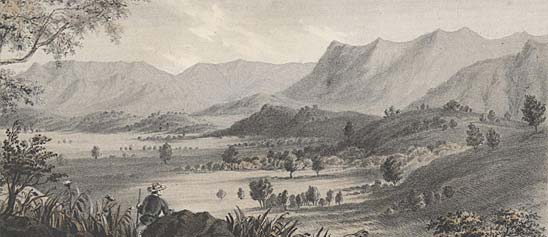At launching in 2006, the Emma Mærsk was the world’s largest containership, a distinction held until her seven sister ships Estelle, Ebba, Edith, Eleonora, Elly, Evelyn, and Eugen Mærsk, were launched in 2007–08.
- Description
-
At launching in 2006, the Emma Mærsk was the world’s largest containership, a distinction held until her seven sister ships Estelle, Ebba, Edith, Eleonora, Elly, Evelyn, and Eugen Mærsk, were launched in 2007–08. Built at the Odense Steel Shipyard in Denmark, the ships are owned by the A. P. Moller-Maersk Group, the world’s largest global shipping company, whose beginnings date to 1904. Emma Mærsk is named for the late wife of Mærsk Mc-Kinney Møller, the son of the company’s founder, who served as the CEO from 1965 to 1993 and on its board until 2003.
-
Containers are standardized, reinforced steel boxes that can be packed with a wide array of products and materials and transported on ships, trains, and trucks. Loaded into the vast holds and onto the massive decks of containerships, they can be used time and again to carry goods between manufacturing centers and consumer markets around the world.
-
As globalized commerce expanded in the last half of the 20th century and into the first years of the 21st, ocean carriers grew as well. The first containerships in the 1950s were adapted freighters, the largest of which could carry about 800—1,000 containers. The standard designation for containers is teus—twenty-equivalent-units—or containers measuring either 20 or 40 feet in length. Ships specially constructed in the 1970s to carry containers in cellular sections of the hold could carry between 1,000 and 2,500 teus.
-
The third generation ships were built to the maximum size that could be accommodated by the Panama Canal, an important throughway on global shipping routes. Built in the 1980s, these ships, called Panamax vessels, could carry between three and four thousand teus. Subsequent generations—the Post Panamax vessels of the 1990s (4,000–5,000 teus) and the Post Panamax Plus ships built between 2000 and 2005 (5,000–8,000 teus)—are too large to travel through the Panama Canal. With the increasing volume of global shipping during this period, other ocean routes became more important, especially those connecting Asian ports with the U.S. West Coast. However, as containerships increased in size, the number of ports worldwide that could accommodate them also decreased.
-
The Emma Mærsk represents the sixth generation of containership, also called the New Panamax class, because it will be able to travel through the new Panama Canal after it opens around 2014. The vessel, with a capacity of 11,000 teus, is the first to be launched in Maersk’s PS-class. The ship has a waste heat recovery system, which uses exhaust gasses to generate some of the electricity needed aboard the vessel. Its hull is also covered with silicone-based paint, which improves fuel efficiency. The Emma Mærsk entered service on the Europe to Asia route in 2006.
- date made
-
2007
- ship launched
-
2006
- late wife of founder and CEO of the company
-
Maersk, Emma
- ship's namesake
-
Maersk, Emma
- built the ship
-
Odense Steel Shipyard
- maker
-
Modelos Navales Riera, S.L.
- ID Number
-
2008.0039.01
- catalog number
-
2008.0039.01
- accession number
-
2008.0039
